Notable Middle Templars
In its long and eventful history, the Honourable Society of the Middle Temple has counted among its members a dazzling array of figures of historical importance, renown and - occasionally - infamy. From alchemists to aviators, soldiers to Suffragettes, playwrights to Prime Ministers, Middle Templars have made their mark on the world in myriad spheres and disciplines. These short biographies, covering members from the 16th to 20th centuries, tell the stories of some of these notable sons and daughters of the Inn.
Members have been grouped by the century in which they were admitted, with separate sections for Royal and Honorary Benchers.
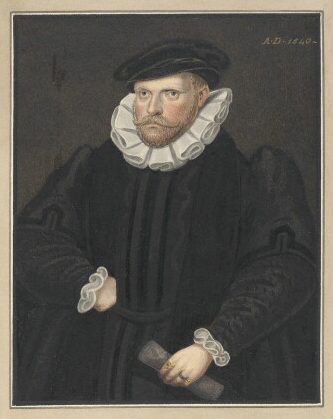
1496 - 1567 Admitted 1516
Lord Chancellor of England
Richard Rich was born around 1496, and while there is no record of his admission, he was appointed 'Butler for Christmas Time' in 1516 and Reader in 1529. He became Attorney-General for Wales in 1532, Solictor-General to the King in 1533, Speaker of the House of Commons in 1536, and Lord Chancellor in 1547. Rich was an important figure in events of his day - taking part in the prosecutions of Thomas More, Bishop Fisher and Stephen Gardiner, eagerly enforcing the dissolution of the monasteries under Cromwell, and intriguing during the reign of Edward VI. From the accession of Elizabeth I in 1558 he lived largely in retirement, until his death in 1567.
Richard Rich, 1st Baron Rich, attributed to Thomas Athow, after Unknown artist, possibly after Hans Holbein the Younger. Watercolour, early 19th century. NPG D23248 © National Portrait Gallery, London. This image has been cropped and is licenced under a Creative Commons Attribution-NonCommercial-NonDerivs 3.0 Unported Licence. https://creativecommons.org/licenses/by-nc-nd/3.0/legalcode
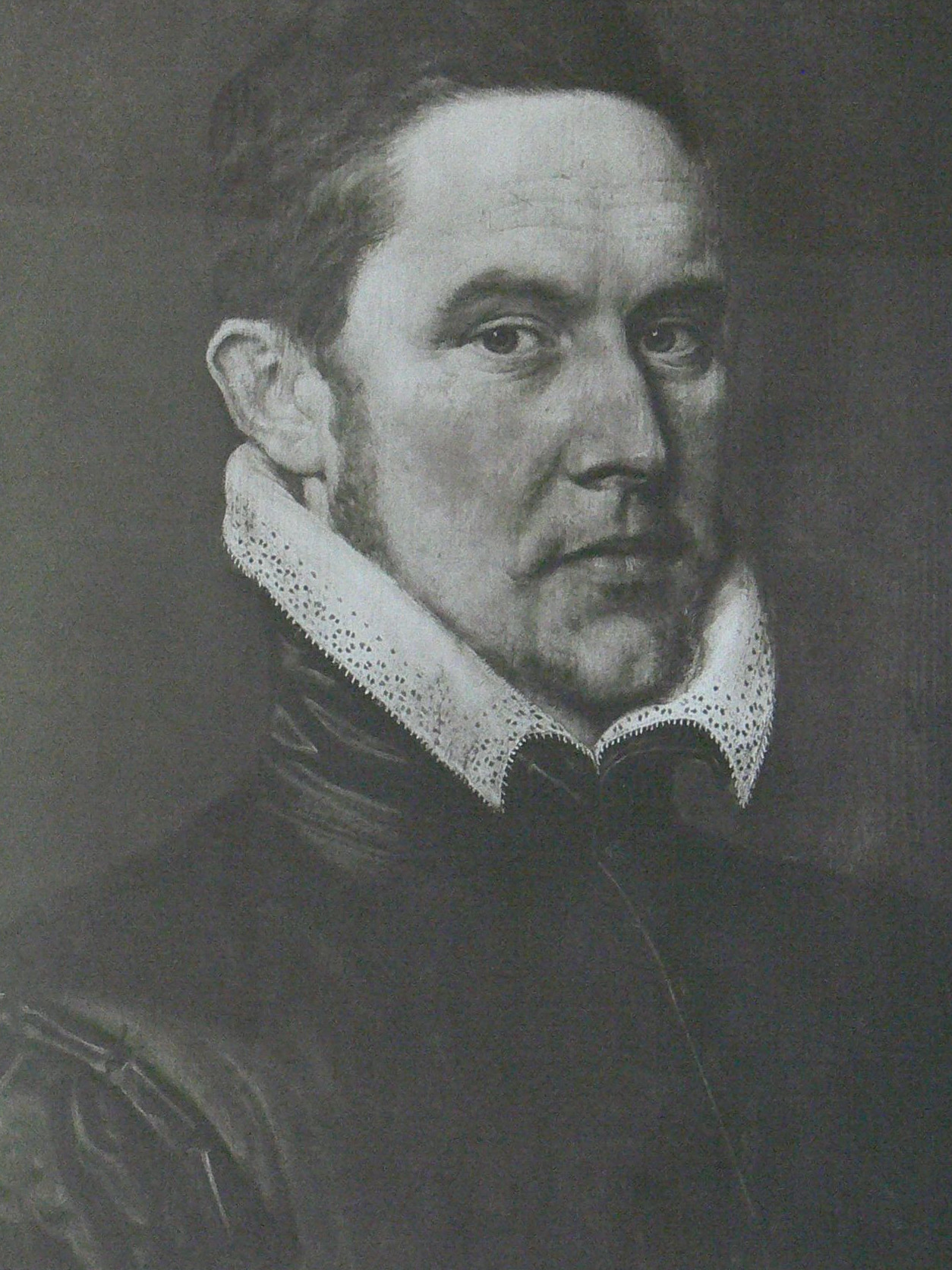
1518 - 1585 Admitted 1524
Lawyer, legal scholar and theorist
Edmund Plowden is a figure of central importance to the Inn’s history, as well as having been a notable legal figure in his day. Admitted as a student member in the mid-sixteenth century, after studying philosophy and law at Oxford and Cambridge, he went on to a successful career at the Bar. A Roman Catholic in a time when that invited disadvantage and persecution, he became known for defending his co-religionists, and due to his faith was never raised to the judicial bench. A favourite of Queen Elizabeth I, it is said that she offered to make him Lord Keeper if he would change his religion, but that he refused to do so. He was known for his Case Reports, published in 1571. He served as the Inn’s Reader in 1557 and 1560, and as Treasurer from 1561 to 1567. It was during his Treasurership that the construction of Hall began, and he continued to manage the project until its completion in the early 1570s. His contribution to the Society is commemorated by his marble bust at the East end of Hall, and his coat of arms in the stained glass window of the south transept.
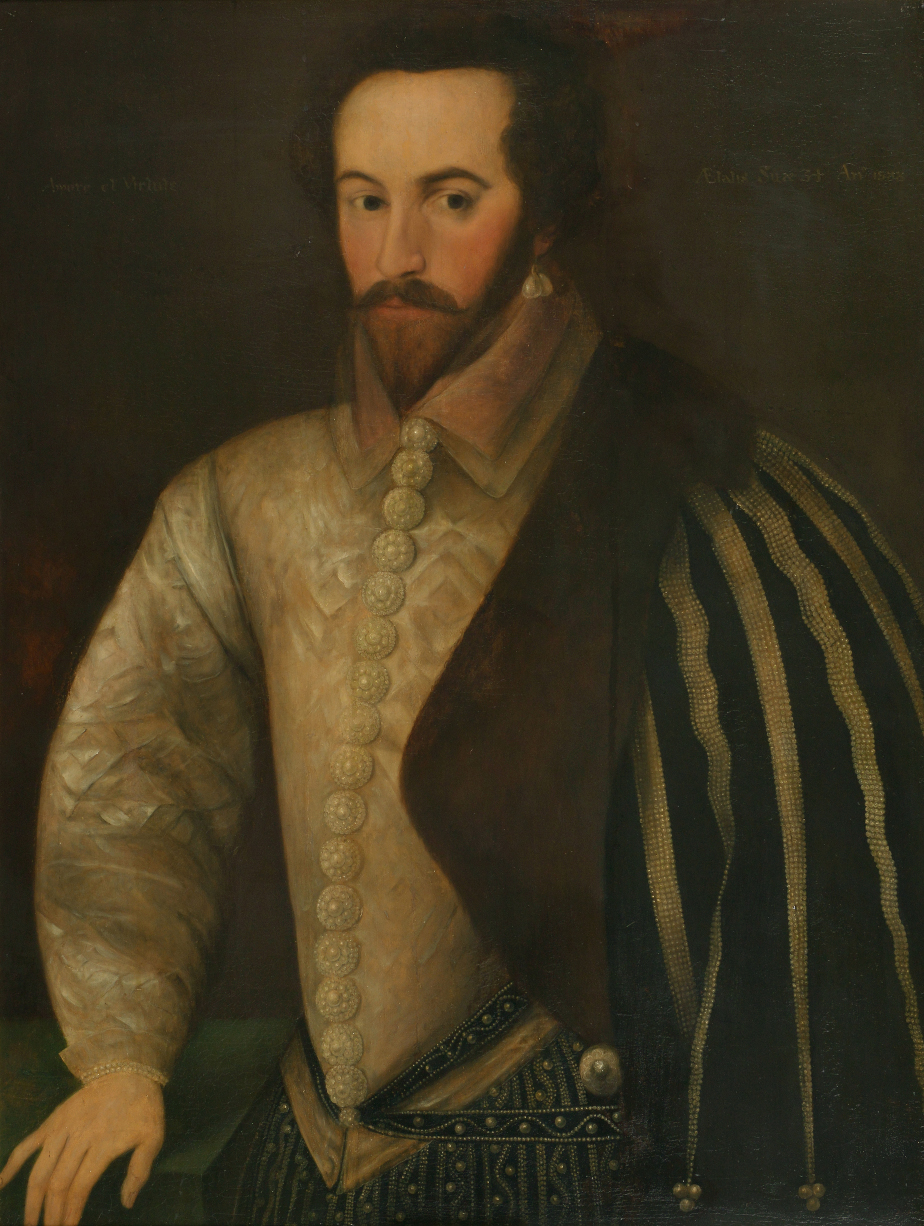
1552 - 1618 Admitted 1574
Explorer, politician, courtier, writer and spy
Walter Raleigh was born in the 1550s to a Protestant family and after studying at Oxford and Lyons Inn (one of the Inns of Chancery) was admitted to the Middle Temple in 1574/5, though he was never Called to the Bar. He travelled to North America with his half-brother in 1578, drawing the censure of the Privy Council for activity against Spanish shipping. Raleigh fought in Ireland in service of the Queen, later being rewarded with lands seized from Irish rebels, and swiftly became one of her favourites. In 1584, the Queen granted Raleigh a charter authorising him to explore, colonise and rule any "remote, heathen and barbarous lands, countries and territories, not actually possessed of any Christian Prince or inhabited by Christian People," in return for one-fifth of all the gold and silver that might be mined there, and in 1585 he sponsored the foundation of the ill-fated Roanoake colony, paving the way for future English colonisation of the New World. He is credited for the popularisation of the use of tobacco and bringing it to England for the first time in 1586. Falling out of favour with the Queen in 1592, he continued to serve in the military and explore the world, but following the succession of James I was implicated in the Main Plot and imprisoned in the Tower of London until 1616. He was released in 1617 to conduct an expedition to find El Dorado, but following an attack by his men on Spanish territory, the death sentence was at last carried out and he was executed on 29 October 1618.
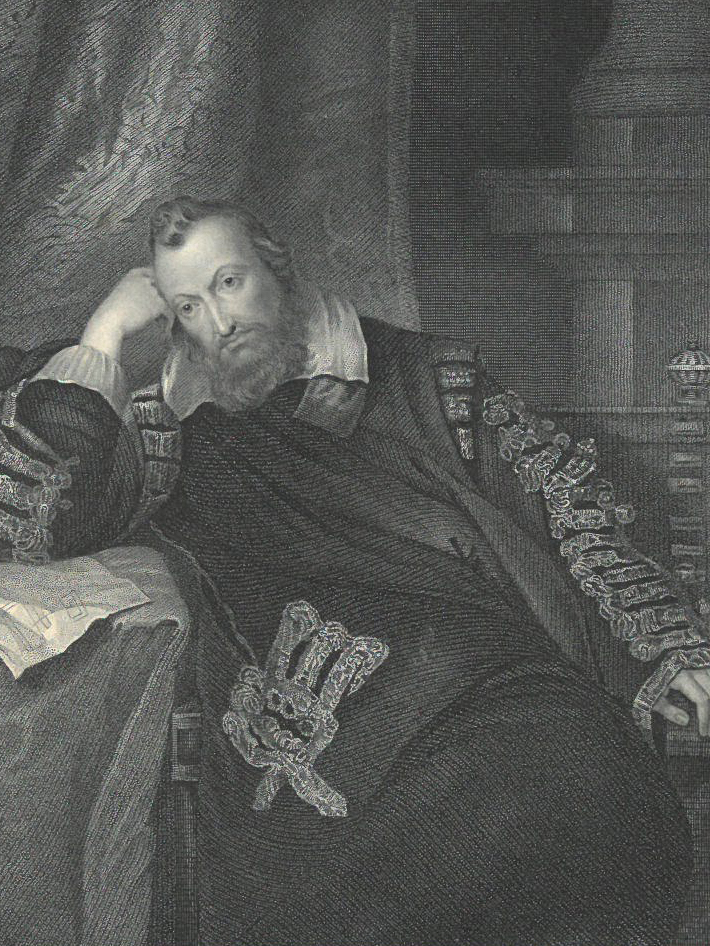
1564 - 1632 Admitted 1594
Nobleman and alchemist, courtier of Queen Elizabeth I, imprisoned by King James I
Henry Percy was the eldest son of the 8th Earl of Northumberland and succeeded to the Earldom in 1585. He was admitted to the Inn in 1594 on the same day as his younger brother, Sir Charles Percy, though there is no record of his ever having practiced the law. He had a successful military career in the Low Countries and in the defeat of the Spanish Armada, was engaged in scientific and alchemical experiments, and moved in literary circles. Following the accession of James I to the English throne, Percy became implicated in the Gunpowder Plot, owing to the involvement of his second cousin once removed Thomas Percy, and was imprisoned and fined £30,000. He spend seventeen years in the Tower of London, during which he occupied himself in mathematical studies, gaining the sobriquet ‘The Wizard Earl’, and also had a bowling alley installed in his prison tower.
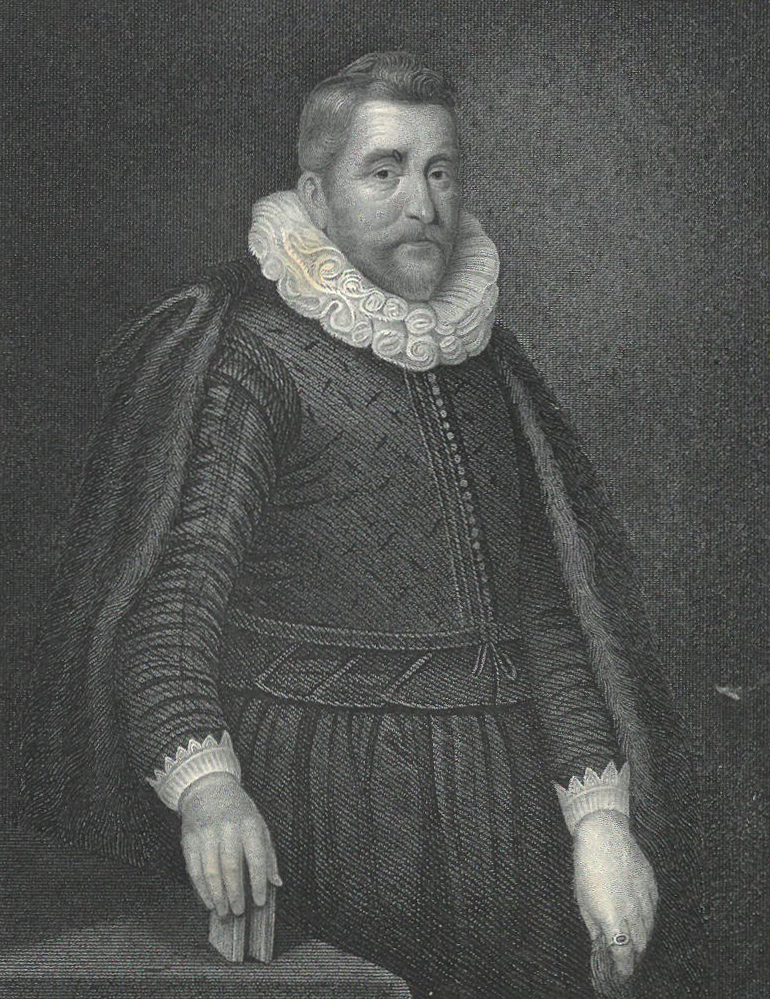
1568 - 1639 Admitted 1595
Author, diplomat and politician
Born in Kent in 1568, Henry Wotton was educated at Winchester and Oxford, before leaving the country to travel Europe for a number of years. Shortly after his return to England, he was admitted to the Middle Temple, and around the same time became an agent of the Earl of Essex. Following Essex’s downfall, Wotton escaped to the continent, briefly travelling back to Scotland to warn James VI (later James I of England) of a plot against his life. This act paid off when, on James' accession to the English throne, Wotton was knighted and sent as his ambassador to Venice, where he spent the majority of the following twenty years. On returning to England he was made Provost of Eton College, a position which he held until his death in 1639.
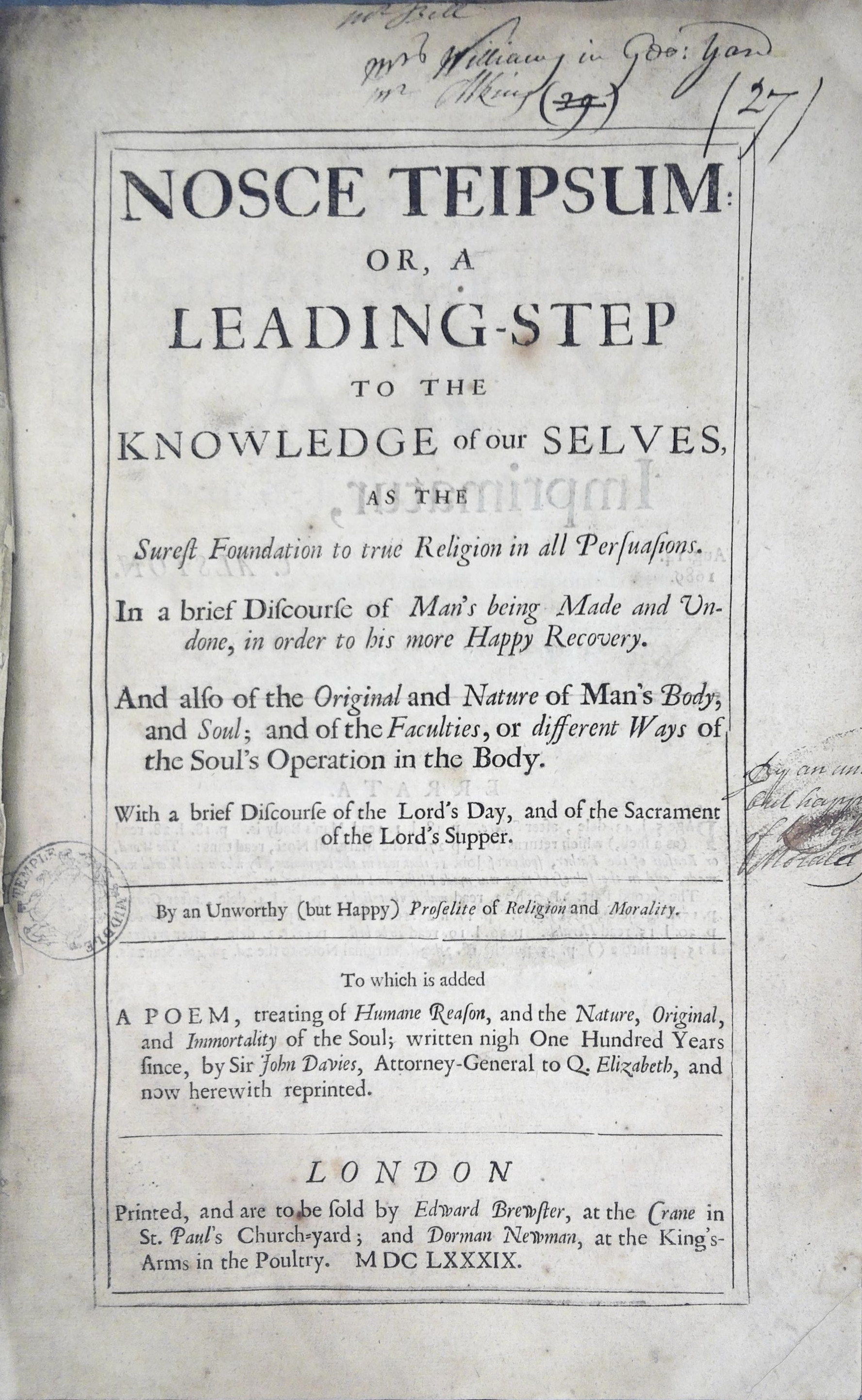
1569 - 1626 Admitted 1588 Called 1595
Poet, Attorney-General for Ireland and Speaker of the Irish House of Commons
Born in 1569 in Wiltshire and educated at Winchester and Oxford, he was at New Inn (one of the Inns of Chancery) before progressing to the Middle Temple in 1588. Called in 1595, he was involved in several disciplinary matters, culminating in 1598 when he assaulted fellow Middle Templar Richard Martin in Hall with a ‘bastionado’ and escaped the Inn by boat to Oxford, being expelled and disbarred in absentia shortly afterwards. Devoting his time to poetry, writing such notable works as Nosce Teipsum, Hymnes of Astraea, he became a favourite of Queen Elizabeth I and was rehabilitated at the Middle Temple in 1601. He progressed under King James I through a successful legal career, serving as Attorney General for Ireland from 1606 and being appointed Lord Chief Justice of the King’s Bench in 1626, although he died before taking office.
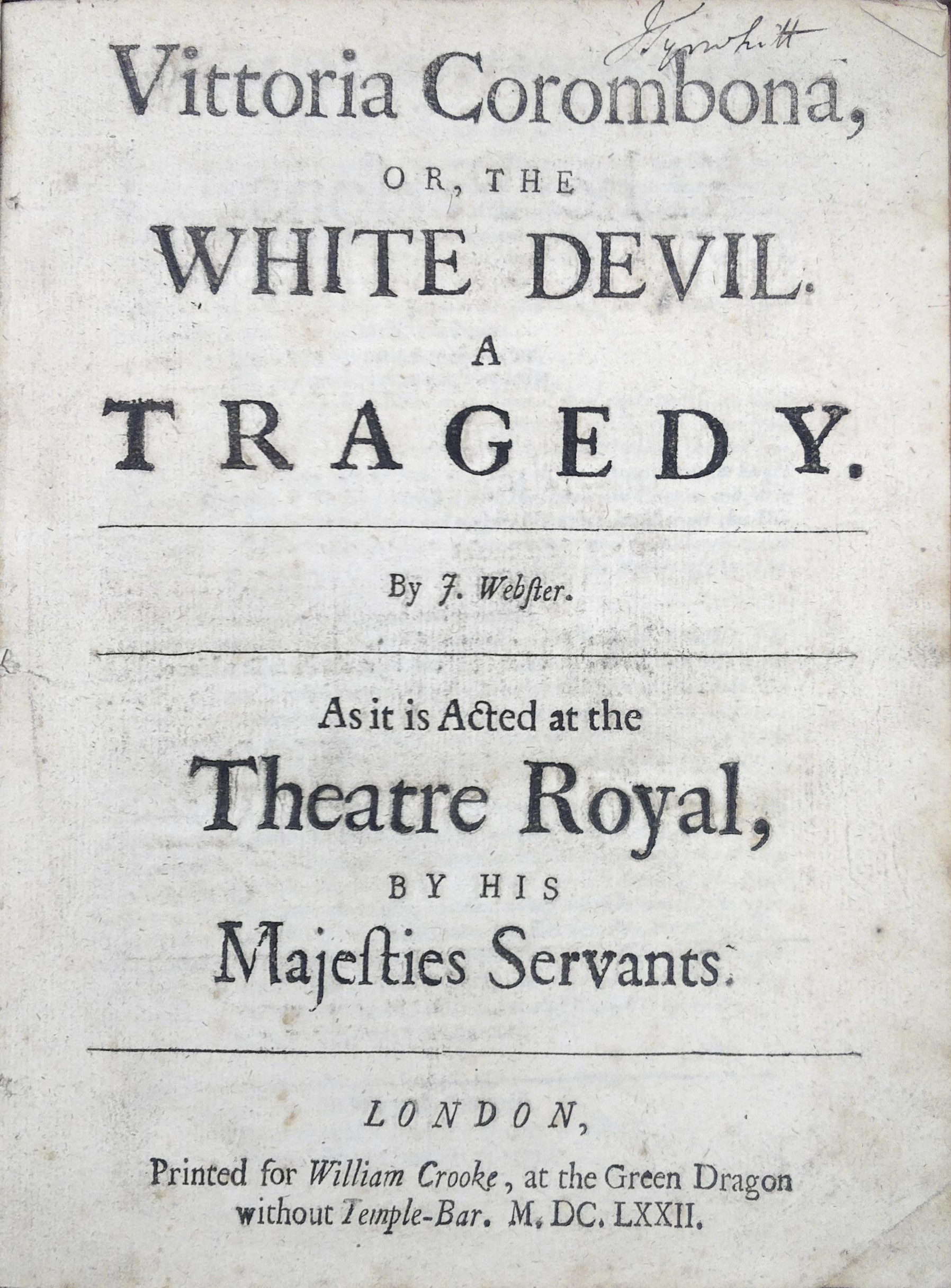
1580 - 1634 Admitted 1598
Playwright and poet
Webster was born in London around 1580, and educated at Merchant Taylors’ School. The prominent portrayal of the legal system in his work, and his links to other members of the Inns of Court, is the basis for the conclusion that he was the John Webster admitted to the Middle Temple in 1598. He was collaborating on theatrical works by 1602, and his best-known plays, The White Devil and The Duchess of Malfi, were staged in 1612 and 1614 respectively.

